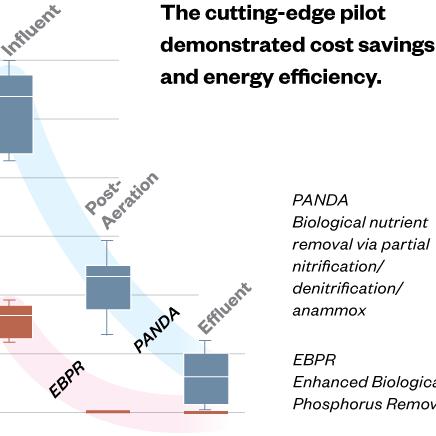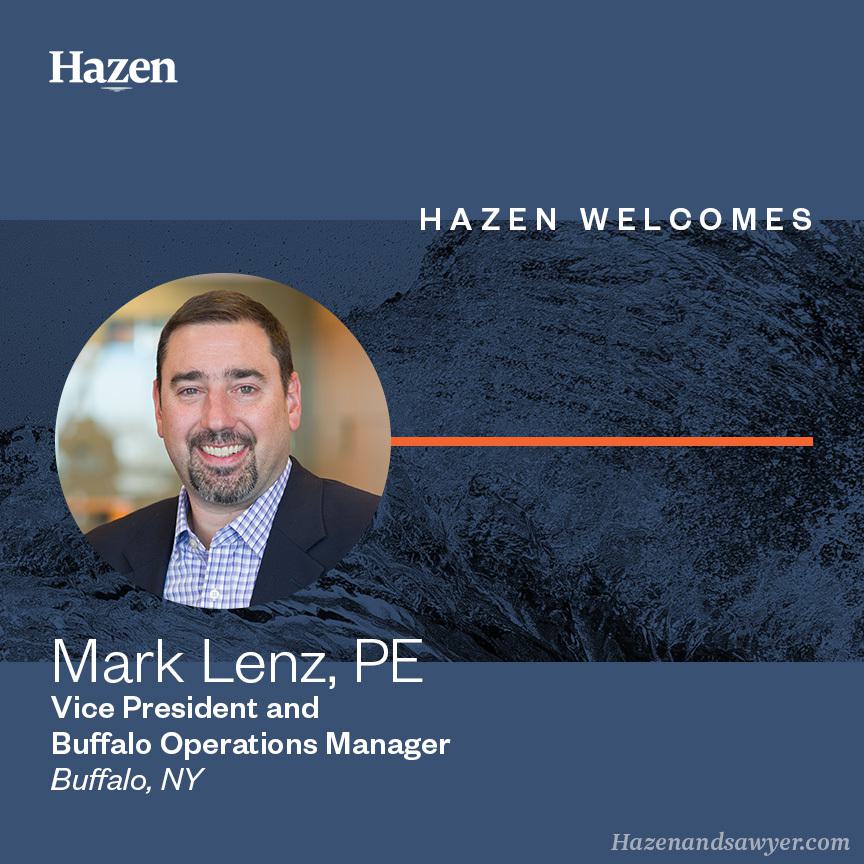Bentonite Addition: A Viable Option for Ballasted Settling
Last Modified Jul 08, 2022

Introduction
The ability of existing and new wastewater treatment infrastructure to handle peak wet weather flows is critical to protecting surface waters from bypassed and/or ineffectively treated discharges. However, many municipal wastewater treatment plants are limited by the capacity of the existing biological and settling processes to fully treat wet weather peak flows. To maintain compliance, utilities must consider expensive capital improvements to aeration and settling facilities to be able to treat these high flows. As capital improvement budgets continue to be tightened, utilities need process improvement options to cost-effectively manage and treat wet weather flows. A viable option is to approach wet weather treatment through the optimization and modification of the dry weather investments, including a relative increase in operating expenses, in order to manage those infrequent wet weather events.
As an alternative to the considerable expense of building additional biological and clarification treatment facilities or providing wet-weather-only high rate treatment packages; this project proposes to optimize a plant's existing biological process through the addition of a ballasted flocculant product in order to prevent solids carryover into the effluent while maintaining sufficient biological treatment for oxygen-demanding wastes and nutrient reductions. This study is innovative in that it defines a ballasted-settling mechanism to be used within the main plant processes, i.e., in-situ, to increase settleability during wet weather events. Bentonite-clay derived particles were evaluated as flocculant ballast in this project as a potentially inexpensive and effective mechanism for increasing the hydraulic loading to secondary clarifiers during wet weather peak flows.
Objectives, Methods and Procedures
The main objective of this project was to evaluate the potential benefits of a bentonite-derived product as an in-situ settling and flocculation improvement options and to quantify the benefits in terms of additional secondary clarifier capacity. The project also compares the potential benefits of using bentonite to more traditional in-situ methods like the use of polymers. The field sampling was conducted at the City of Sidney WWTP, located in Sidney, Ohio. The following tests were performed in order to meet the project objectives: - Determination of zone settling parameters and compression rate. The zone settling and compression rate of the sludge are typically simulated in clarifier modeling using the Vesilind (exponential) Equation that correlates settling velocity to sludge concentration. The two kinetic parameters of this equation, Vo and K, were determined in the field using batch column settling tests with and without the addition of a flocculant aid. - Determination of the sludge volume index (SVI) with and without the flocculant aid. - Jar testing to determine the flocculation kinetics of the MLSS with and without flocculant. - Stress testing of the secondary clarifiers, including measuring the sludge blanket depths, influent and effluent TSS and flows.
The data sets were used for the calibration and validation of a Computational Fluid Dynamics (CFD) model of the secondary clarifiers at the Sidney WWTP. In addition to CFD modeling, State Point Analysis (SPA) was also performed to determine clarifier capacity with and without the addition of the flocculant aid. The CFD model used in this project is known as 2Dc.










